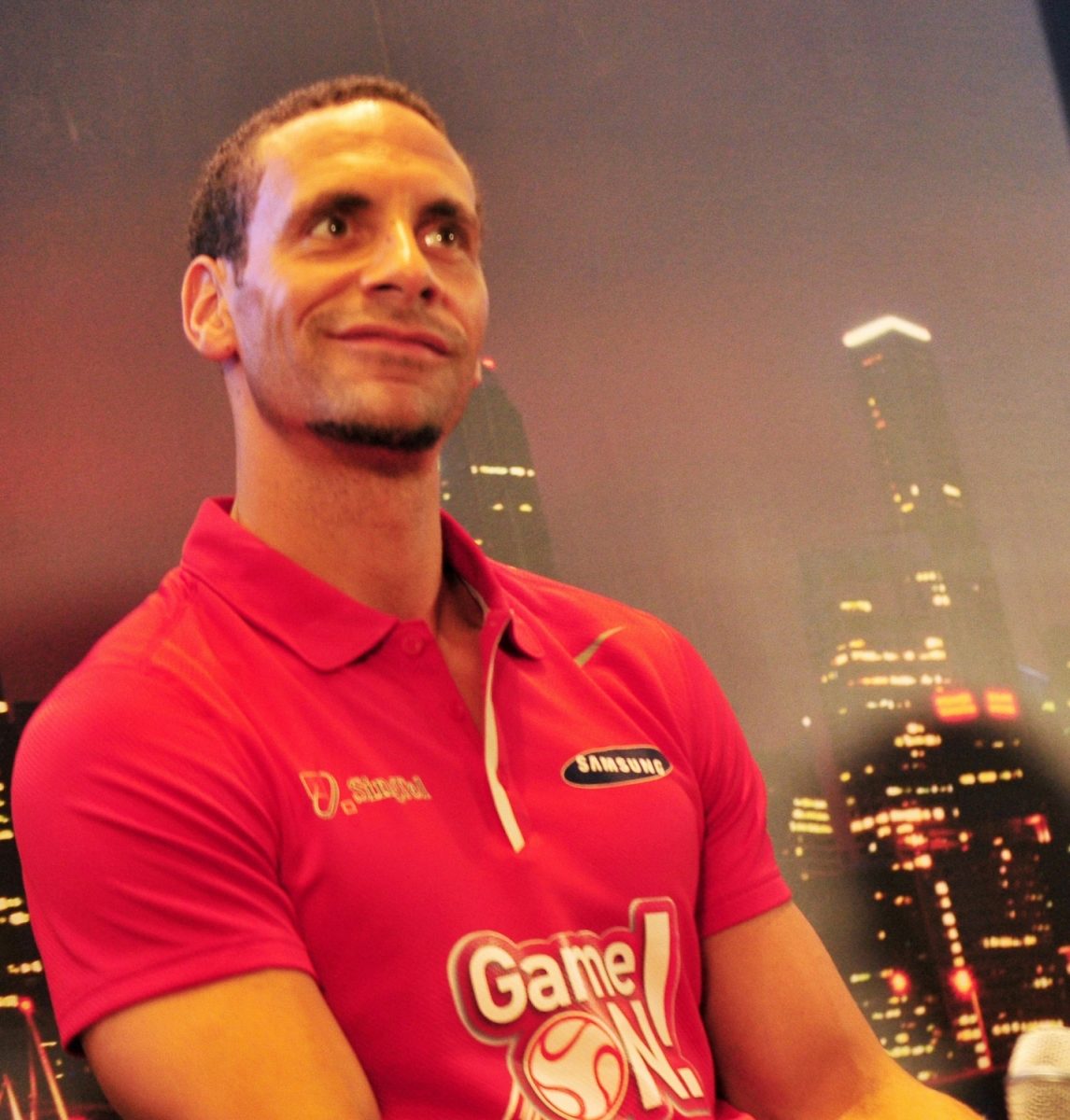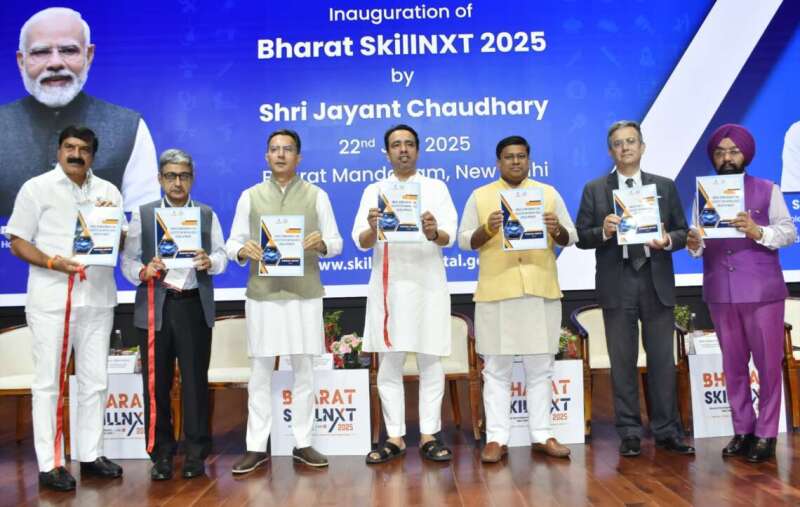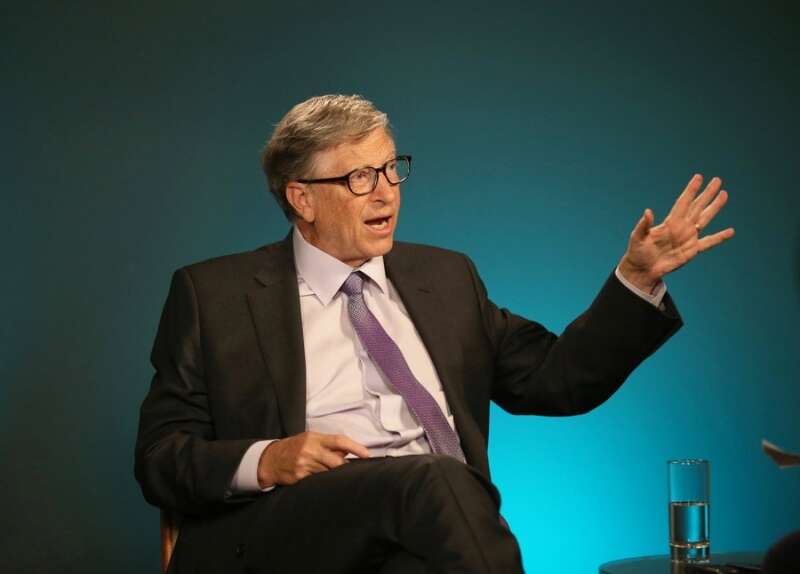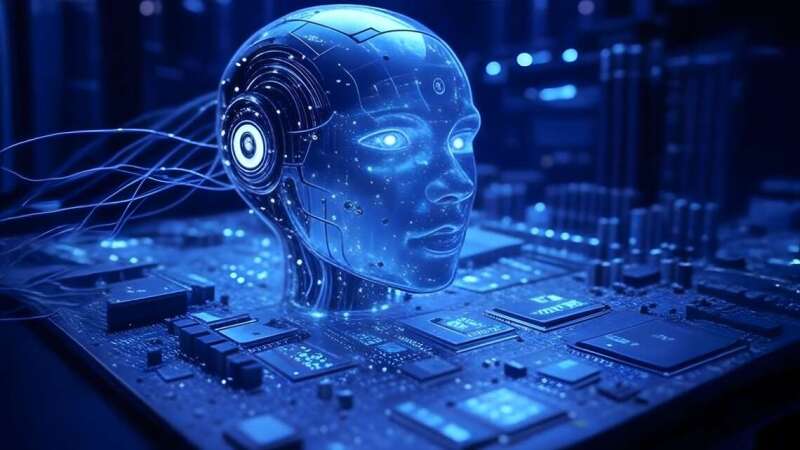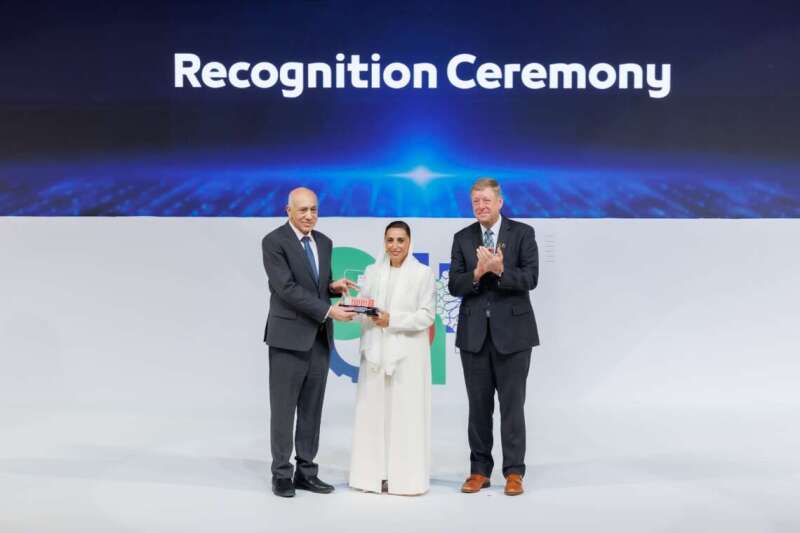Researchers, including one of Indian-origin, have developed an artificial intelligence (AI) tool that can turn blurry, unrecognisable images of people’s faces into perfect computer-generated portraits.
The method, called PULSE, searches through AI-generated examples of high-resolution faces to match ones that look similar to the input image when compressed to the same size.
“While the researchers focused on faces as a proof of concept, the same technique could, in theory, take low-res shots of almost anything and create sharp, realistic-looking pictures, with applications ranging from medicine and microscopy to astronomy and satellite imagery,” said co-author Sachit Menon from the Duke University in the US.
Previous methods can scale an image of a face up to eight times its original resolution. For the current study, the research team came up with a different approach.
Instead of taking a low-resolution image and slowly adding new detail, the system scours AI-generated examples of high-resolution faces, searching for ones that look as much as possible like the input image when shrunk down to the same size.
The team used a tool in machine learning called a “generative adversarial network,” or GAN, which are two neural networks trained on the same data set of photos.
One network comes up with AI-created human faces that mimic the ones it was trained on, while the other takes this output and decides if it is convincing enough to be mistaken for the real thing.
The first network gets better and better with experience until the second network can’t tell the difference.
PULSE can create realistic-looking images from noisy, poor-quality input that other methods can’t, the researchers said.
From a single blurred image of a face, it can spit out any number of uncannily lifelike possibilities, each of which looks subtly like a different person.
“Even given pixelated photos where the eyes and mouth are barely recognizable, our algorithm still manages to do something with it, which is something that traditional approaches can’t do,” said study co-author Alex Damian.
The system can convert a 16×16-pixel image of a face to 1024 x 1024 pixels in a few seconds, adding more than a million pixels, akin to HD resolution.
Details such as pores, wrinkles, and wisps of hair that are imperceptible in the low-res photos become crisp and clear in the computer-generated versions.
The researchers asked 40 people to rate 1,440 images generated via PULSE and five other scaling methods on a scale of one to five, and PULSE did the best, scoring almost as high as high-quality photos of actual people.
The study was scheduled to be presented at the 2020 virtual conference on Computer Vision and Pattern Recognition (CVPR) from June 14 to June 19.



